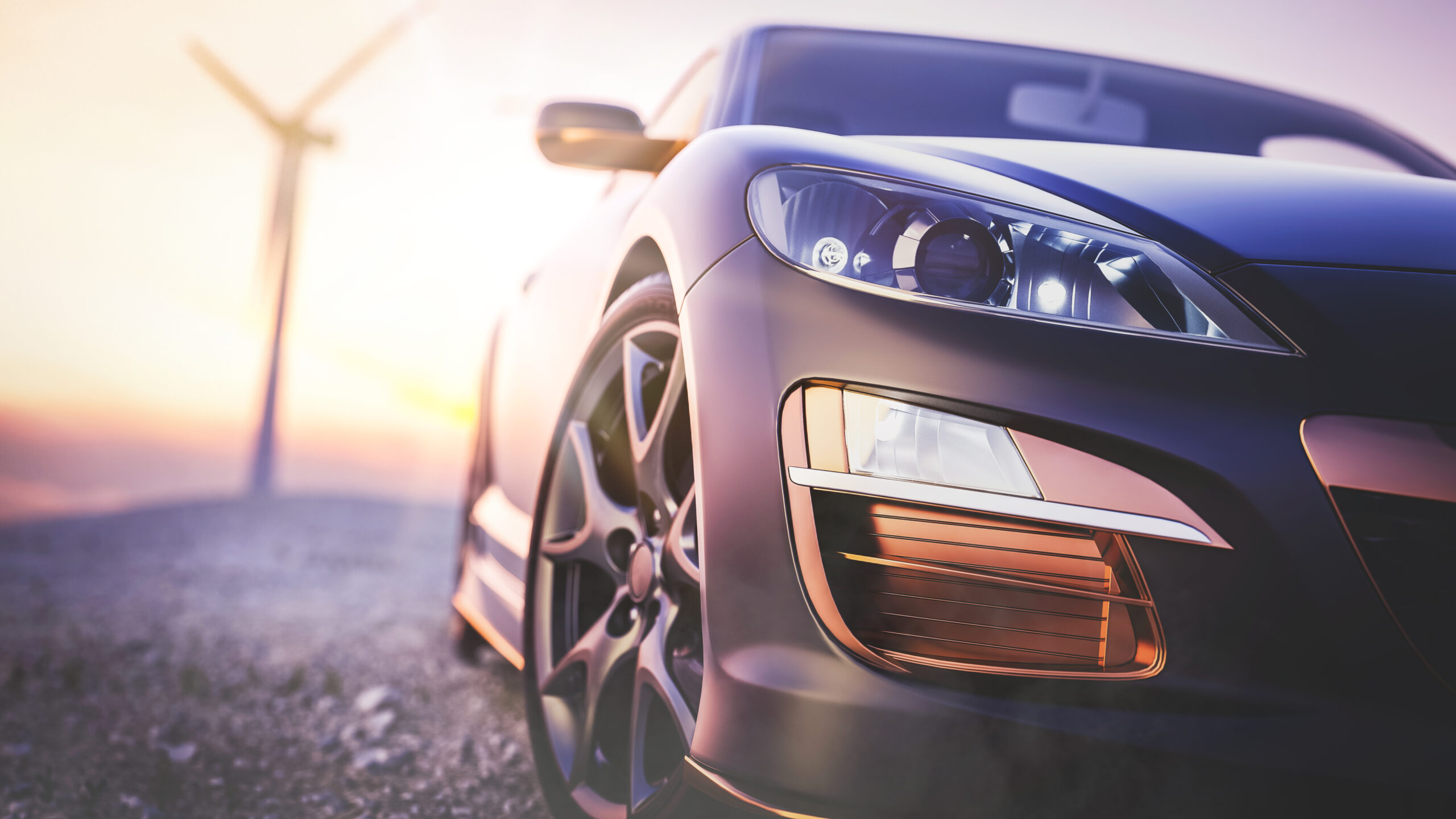Dismantling 6 myths about turbochargers
If you are a fan of turbos, do not miss this article where we dismantle 6 myths about turbos.
Myth 1: With neutral, consumption is reduced. It fits, above all, when we drive downhill. Legend has it that if we run in neutral, the car’s revolutions drop. And therefore, consumption as well.
Dismantling the myth: The reality is different. When we disengage the gear, the car wastes the so-called kinetic energy. And when this happens, the delivery of fuel to the injectors is activated so that the engine does not stop and thus keep it in continuous movement. In addition, we have to point out that when faced with an obstacle, vehicles react better when we are driving with a gear engaged.
Myth 2:Refueling private label fuel is harmful.
Dismantling the myth: Although we distinguish between quality fuel and generic fuel, all suppliers must meet certain guarantees, thanks to which it can be marketed. It is true that when a brand is of quality, its price is higher because it contains more cleaning additives for the engine. But generics pose no threat to him.
Myth 3: It saves money if we fill the deposit first thing in the morning. This embraces the idea that gasoline, being liquid, expands when subjected to high temperatures. Therefore, in that case, refueling at an early hour means being at lower degrees than during the day. And hypothetically, more fuel could enter the tank.
Dismantling the myth:car tanks are usually placed strategically so that they do not experience temperature changes.
Myth 4:We consume less if we roll down the windows and turn off the air.
Dismantling the myth: Lowering the windows will increase the resistance to the air and therefore, the car will need more fuel to be able to continue driving.
Myth 5:Load your tires with more air.
Dismantling the myth: It is a practice that represents a great danger for the car because if the wheels are more inflated, the contact surface with the road is reduced and therefore, the grip of them is lost.
Myth 6: The turbo of the Renault 5 jumped when reducing in curve and exceeding 3,500 rpm. Therefore, the car was propelled forward, made a straight and caused an accident.
Debunking the myth:Turbos don’t jump when downshifting.
Turbocharged engines are nothing new, they have been with us for decades in both diesel and gasoline. The rough operation of a turbo is simple. A turbine called a turbo receives the exhaust gases from the engine. When the engine generates enough exhaust gases (caused directly by the volume of gasoline burned) the turbo turns, compresses the intake air and forces it into the engine. For this reason, turbos are sometimes called forced intake systems.
If the turbo forces more air into the engine than would naturally enter (the case of naturally aspirated engines) the engine generates more power and burns fuel more quickly. Only when we accelerate is gasoline injected into the engine. When we take our foot off the accelerator, the engine continues to rotate by pure inertia, but the turbocharger does not generate any power. Even if the speed goes up to 5,000 rpm in a reduction, as long as we do not step on the accelerator we are safe.
Carburetion engines like those of the Renault 5 Copa Turbo always have the intake throttle slightly open. Technically, they are always putting gasoline inside the engine, to keep it idling. But for the purposes of which we are talking, they do not cause the turbo to “jump”; its effect is negligible.













